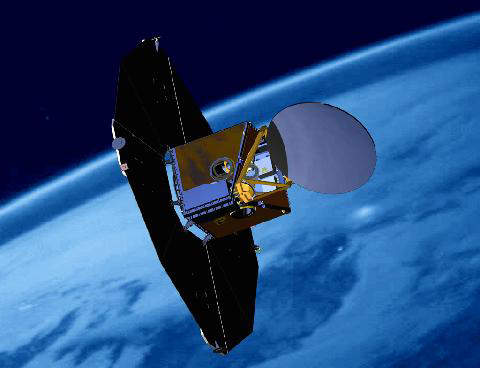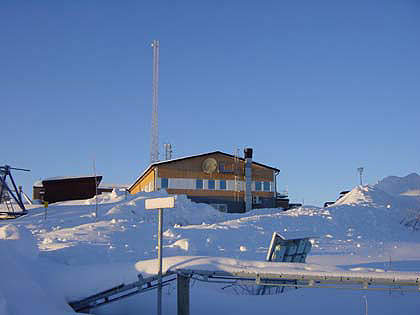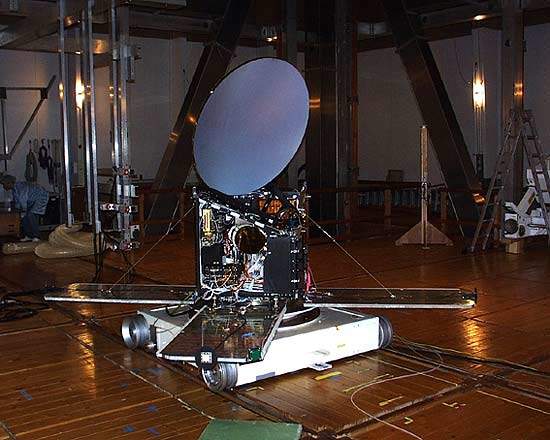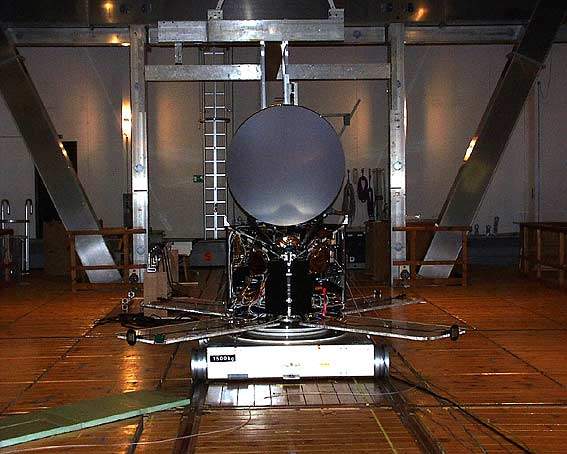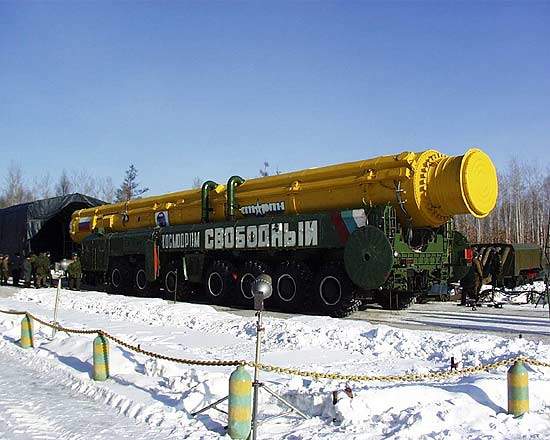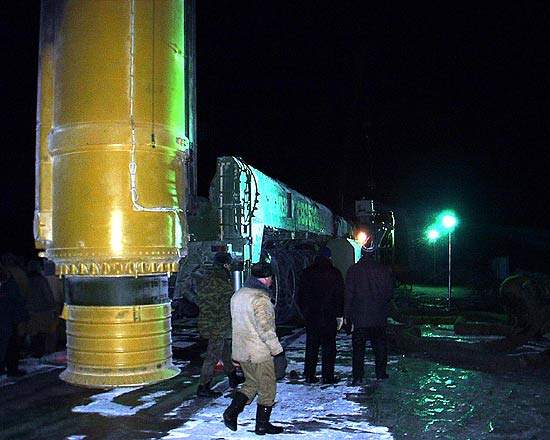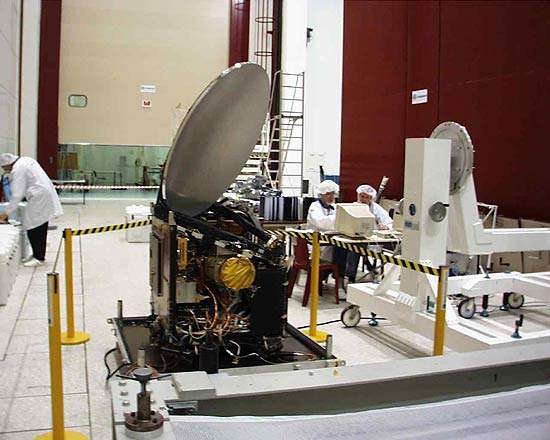The Odin satellite, launched in 2001, combines the two scientific disciplines of astronomy and aeronomy on a single spacecraft.
Swedish Space Corporation developed this small satellite for astronomers and atmospheric researchers, on behalf of the Swedish National Space Board and the space agencies of Canada, Finland and France. The orbit is sun synchronous at 600km altitude.
ODIN ASTRONOMICAL OBJECTIVES
The main objective is to perform detailed studies of the physics and the chemistry of the interstellar medium by observing emissions from key species. A number of the following classes of objects will be the main targets for observations:
Giant molecular clouds and nearby dark clouds: The purpose is to improve our understanding of the chemistry and the cooling processes of the interstellar medium, and thereby the conditions for star formation ,in particular by measuring lines from oxygen and water molecules.
Comets: Studies of the physics of outgassing of water, the size of active regions and density estimates both in short and long period comets.
Planets: Height distribution of trace elements in the atmospheres of Jupiter and Saturn. Detection of minor constituents brought up by convection would provide information not only on the dynamics but also on the physics and chemistry of the deep atmospheres.
Circumstellar envelopes: Studies of the dynamics and chemical composition of outflows.
Nearby galaxies: Estimates of star formation activity from observations of CO and H2O.
ODIN AERONOMICAL OBJECTIVES
This research will address scientific problem areas in the stratosphere and mesosphere by making measurements of various trace species. The scientific goals are fourfold:
Stratospheric ozone science: To elucidate the geographical extent of and mechanisms responsible for ozone depletion in the ‘ozone hole’ region.
Mesospheric ozone science: To establish the relative role of odd hydrogen chemistry and the effects of ordered and turbulent transport and corpuscular radiation.
Summer mesospheric science: To establish the variability of mesospheric water vapour including an assessment of the required fluxes for aerosol formation in the polar mesosphere.
Coupling of atmospheric regions: To study some of the mechanisms that provide coupling between the upper and lower atmosphere, e.g. downward transport of aurorally enhanced NO with its effects on ozone photo chemistry and the vertical exchange of minor species such as odd oxygen, CO and H2O.
PROJECT TIMESCALE
The Start-1 launch vehicle with Odin onboard lifted from the launch pad on February 20, 2001.
CONTRACTORS
The Odin’s protoflight structure was designed by SSC Science System Division and built by ABR Company.
OPERATING MODES
The Odin spacecraft is designed to serve both astronomy and aeronomy. For aeronomy the spacecraft follows the Earth limb, scanning the atmosphere up and down from 15-120km at a rate of up to 40 scans per orbit. When observing astronomical sources Odin is continuously pointing towards the object for up to 60 minutes.
SPECTRAL LINE
The radiometer package covers transitions of aeronomical interest from the following molecules: ClO, CO, NO2, N2O, H2O2, HO2, H2O, H218O, NO, N2O, HNO3, O3 and O2 as well as atomic and molecular transitions of astrophysical interest from: CI, H218O, H2O, H2S, NH3, H2CO, O2, CS, 13CO, H2CS, SO, SO2. The optical spectrometer is aimed at studying the following species in the Earth atmosphere: Aerosols, ClO, O3, O2, O4, NO and NO2.
MAIN SCIENTIFIC THEMES
Odin will work in unexplored bands of the electromagnetic spectrum, around wavelengths of 0.5mm and 3mm. These contain emission lines from important molecules such as water vapour, molecular oxygen, ozone and carbon monoxide. The lines will be used as tools to study processes in the Earth’s atmosphere and in astronomical objects.

